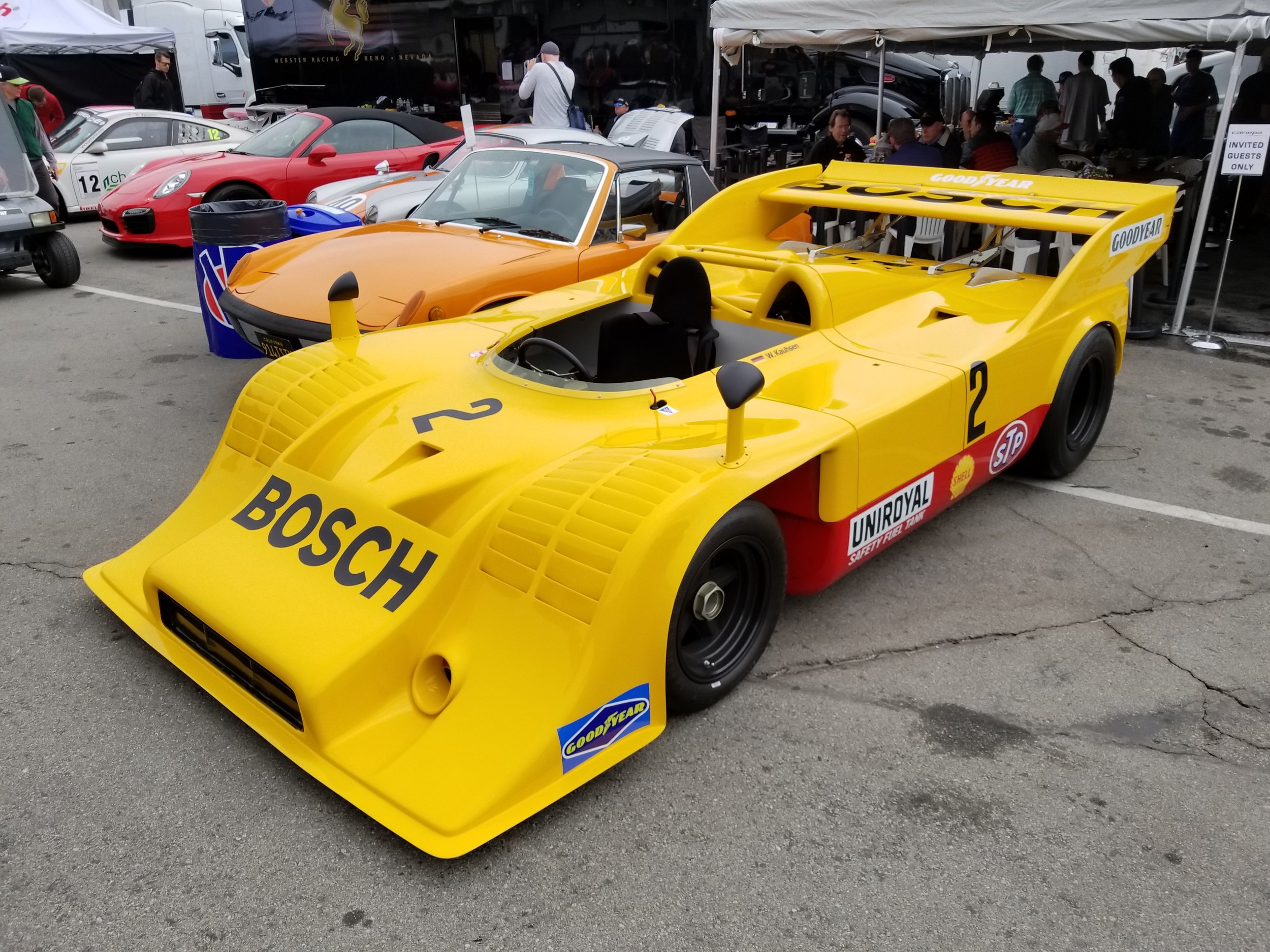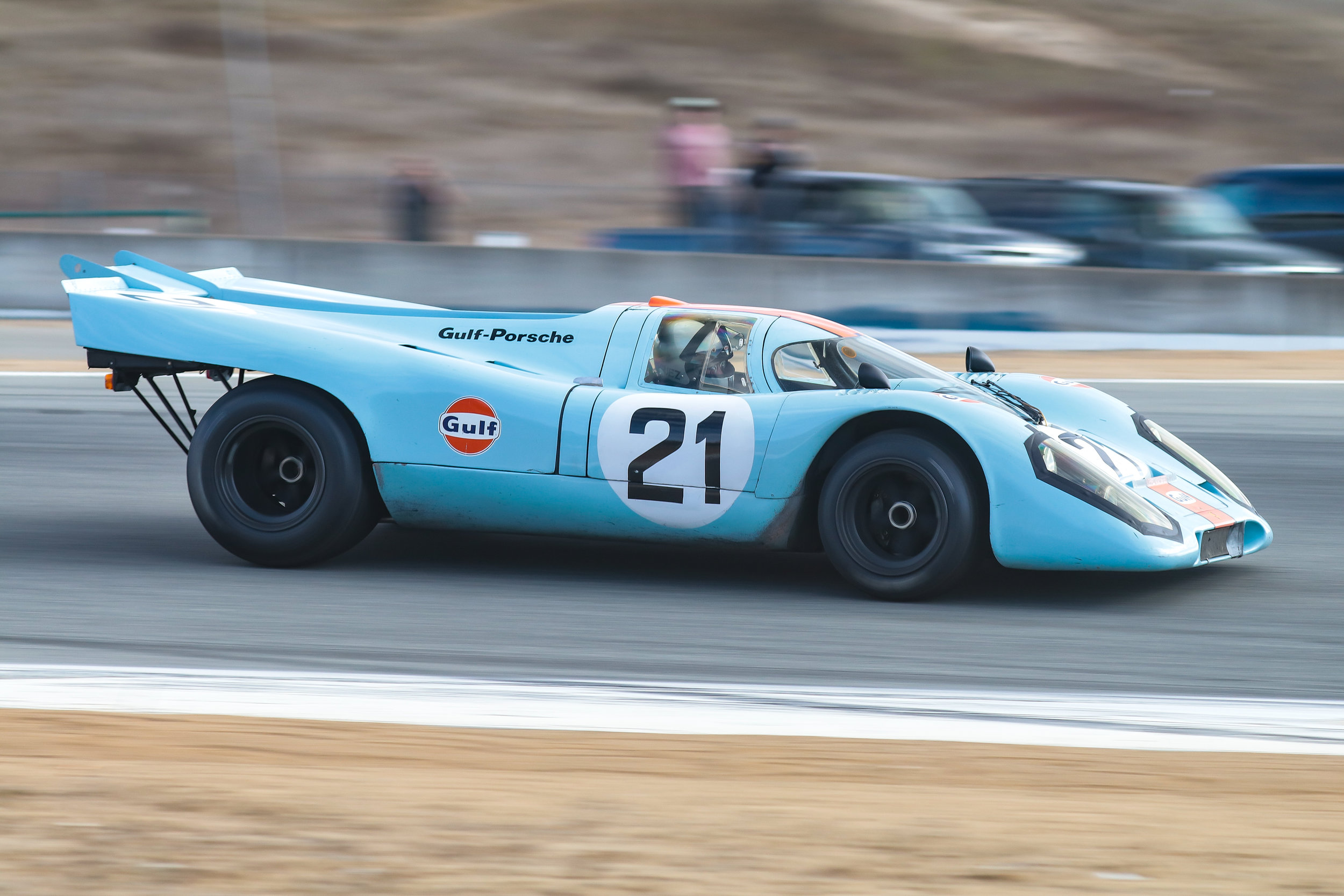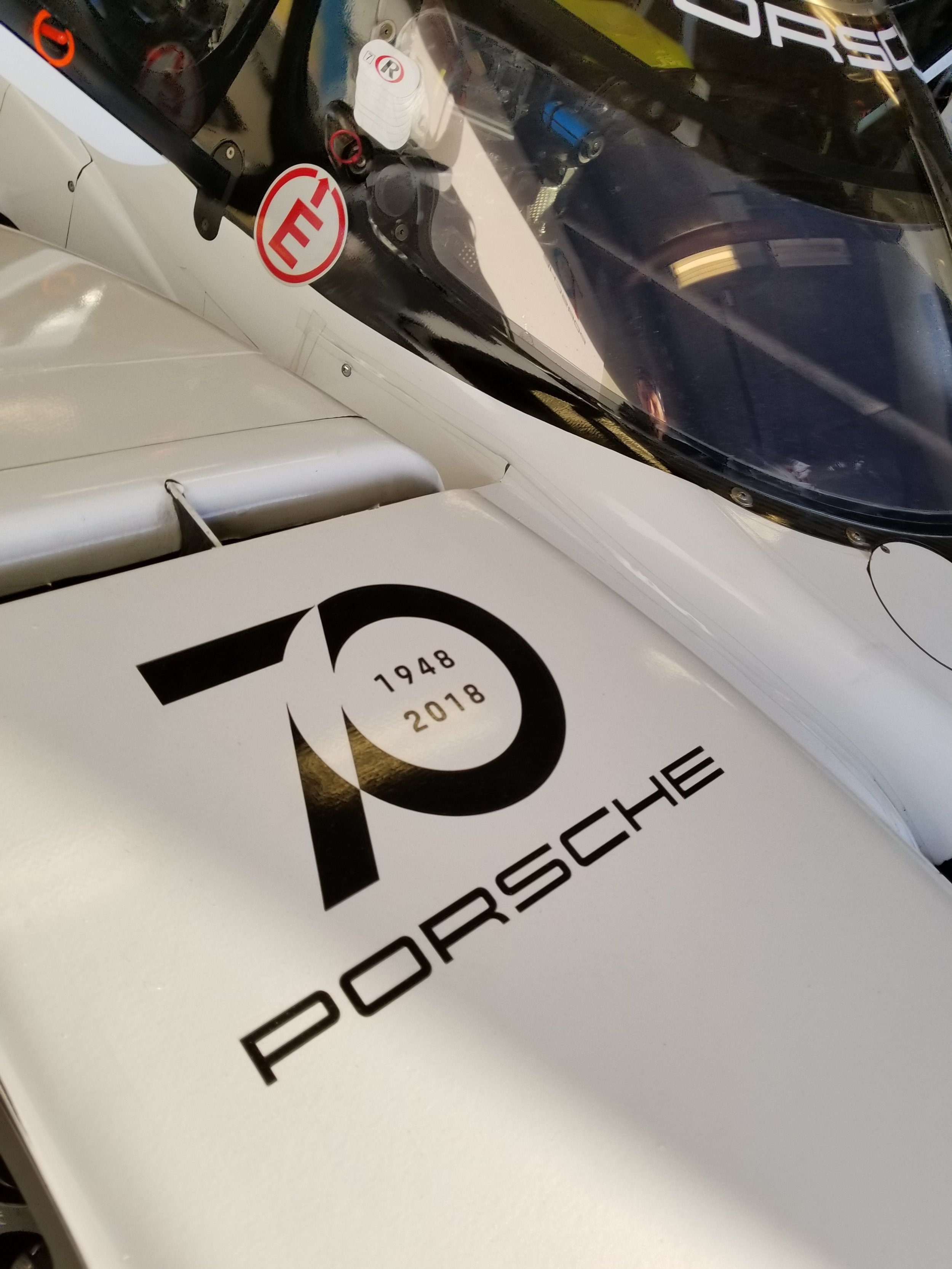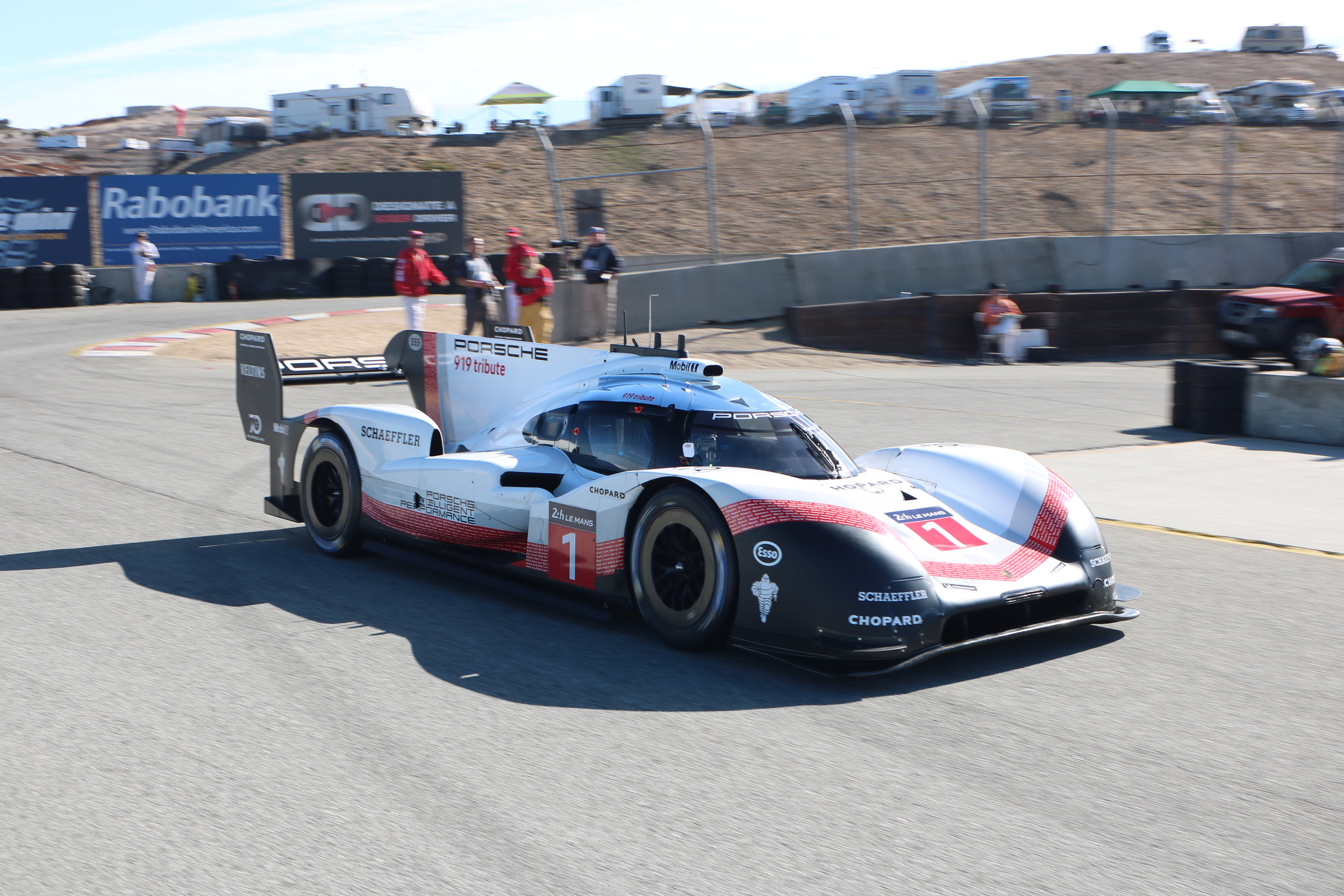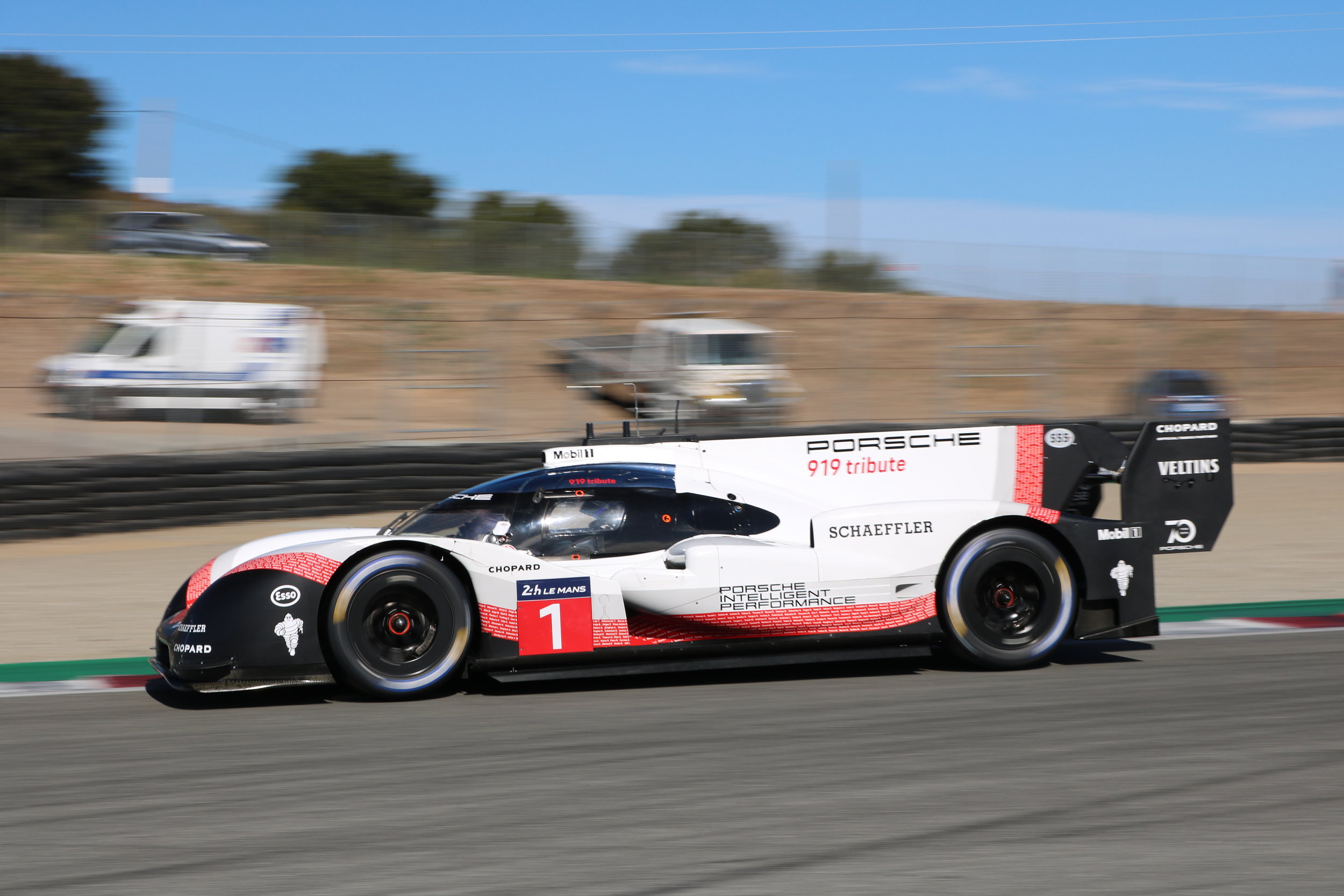Rennsport VI: Part I, We Begin the Unpacking

Mad Max Fury Road was a revelation in film making. It left nothing for the setup, providing a punch in the face from the first opening scenes. For its two hour screen time, it rarely took a breath, with its frenetic pace, bull rushing the viewer at every chance. No sooner had one massive battle taken place on screen, another insane event would follow. It was simple a concept. An action movie that actually kept its promise of action on action on action. If you wanted action going in, you got nothing less. Plot and dialogue be damned…you could quibble about that later.
That’s Rennsport in a nutshell, an audio / visual over-stimulation, that leaves you in a state of happy confusion. This was the case for us in 2015, at Rennsport Reunion V. We’re literally still processing photos and memories from that event. From the opening scene this year, arriving at the track in the early morning hours, the pace at which it was to be taken in was neck breaking. Not a space or moment wasted to overload the cerebral cortex of even the most rabid Porsche fan. Like watching Mad Max, we tried to focus on one thing at time, but it wouldn’t let us. “It” was everywhere, all encompassing drawing us in moment by moment with never ending waves of Porsche performance and history. From the first moments, to long after we left the track on Sunday, we were a little disoriented, addled by the overload of P-cars, legendary drivers and colorful characters and loud thumping music. This event was originally slated to be a 3-day event, but it was eventually extended to four days. We were there for 3 days and we couldn’t see everything. Every time we tried to stand still, we noticed some small detail that the rest of the crowd possibly walked by. We’re huge fanboys, but the reflections and pictures flooding out onto the internet every hour remind us of how much we missed, which was a lot…a lot that was there in plain sight.
But we try…
It can be difficult to adequately provide real insight on an event. Sometimes, the event just doesn’t inspire nearly enough in the creative department to produce a compelling article. After what seems like months of back-to-back events, inspiration can be a little lacking, making it difficult to produce a review burdened by the “been there, done that” attitude. Then, on other rare occasions, the barrier to producing content isn’t a lack of inspiration, but a all-sense overload. This kind of overload that leaves one in the corner of a room curled up in a fetal position, murmuring “must see more” and “may I have another.” We could conclude that maybe we have just sniffed too much race gas over the years and now suffer from visual and auditory hallucinations. Despite this fatigue, we carry on in order to bring you as much of this event as we are able.
Without hesitation, Rennsport is the greatest single make spectacular in the automotive world, and in comparison to broader historic automotive events, ranks near the top of any/all events out there. That is also a problem. A problem in that it many writers will be limited in what they can add to give adequate description to the weekend, instead relying on a steady stream of motorsport writer tropes that rely on words like “epic” “mega” “awestruck” and on and on. We can’t promise not to fall into that trap, but we will try our best. Frankly, we’ve gone back and forth several times for a week trying an ideal way to begin this post…er, probably, more like, “posts.” At this point, we’ve only decided what will go in this first report. We’re going to start out with some event history and some words, pictures and videos of a couple of of the event’s show stoppers. These two features are both Porsche big guns, and two thing’s nobody will likely see again, or at least, for a long long time.
And so we begin….
Our followers, friends and fellow Porschephiles probably have some working knowledge of what Rennsport is. In 2015, we went on and on about our experience at Rennsport 5….er, V, fawning all over the Porsche themed and hosted extravaganza, as if it was the be-all-end-all event of our time. Frankly, it was “all that.” Our favorite place in the world, Weathertech Raceway Laguna Seca (then Mazda Raceway Laguna Seca) hosted a Porsche supported party of epic proportions. There were famous cars and drivers from Porsche’s racing past, lots of cool hands-on displays, racing, fun for the kiddos and authentic touches like beer, brats and even an oom-pah band. Everything was extremely well executed and there was free-swag-a-plenty. We couldn’t find fault with it. It was “epic,” and all that. Neither of us can fault our original reporting.
#rennsportreunion
Rennsport carries with it a little bit of mystery. It’s not an annual event, it’s held roughly every 3 years.. It’s more or less a gearhead’s version of Brigadoon. The first event was hosted at Lime Rock Park in Connecticut in 2001, at Daytona Speedway in 04, and the As that’s about we all know…er, knew, we were rocked when on August 15th 2017, Porsche announced a repeat performance at Laguna Seca in September of 2018. All we could do after the announcement, was wonder what Porsche Rennsport Reunion 6….er VI would look like, and how it could possibly be as good or better than the previous event. Frankly we, had some reservations….frankly, we were wrong.
#rrvi
This time around, the return of the Rennsport Reunion coincided with its 70th birthday, meaning that the gathering was set to be an all encompassing homage to the racing and road going history of a brand that sparked the motto, “Race on Sunday, Drive on Monday.” This wasn’t a Sweet 16 birthday bash with gauche exotic cars and the need to prove something. This was a 70th anniversary for our favorite marque, that they obviously knew was going to be one for the history books. We also note that Porsche has been celebrating their 70th anniversary at events all over the world this year, and even created an official holiday on the 8th-10th of June called Sportscar Together Day. We, like many others, celebrated by driving Porsches (thanks to Rick Morin for the loaner!) to our local Porsche dealership (thanks for Niello Porsche for the hospitality) for an all Porsche celebration on that weekend.
The 919 Tribute
At the end of the 2017 World Endurance Championship season, Porsche announced the retirement of the 919 prototype program. The 919 took the overall victory at the 24 Hours of Le Mans three times in a row. After dominated the World Endurance Championship, Porsche officially retired the 919 program. No longer needing to have a car within the restrictions required to to race at Le Mans, Porsche re-engineered the car to make it as quick as possible, and then took it on a world tour to show off their engineering prowess and shatter a few records along the way. In June, Timo Bernhard set a new lap record at the Nurburgring Nordschleife, with a 5:19:55 lap, crushing the previous lap record by a remarkable 51.58 seconds. This record, previously set by a Porsche 956 stood for 35 years. Earlier in the year, Porsche also broke the lap record at Spa with Neel Jani behind the wheel. In the case of Spa, Porsche proved to be faster (by .783 seconds) than a Formula 1 car with a lap that beat out Lewis Hamilton’s 2017 Belgium Grand Prix pole lap time. Yes, you read that right. The Porsche 919 Tribute is faster than a F1 car. What does it all mean? It means that the 919 Hybrid Evo Tribute car attendance at Rennsport was the birthday cake of the Porsche party.
It take a village.
When we learned earlier this year of the Evo’s attendance and hoped and assumed that it was a foreshadowing of how big this event would be. We also had some expectation that the Evo’s no-holds-barred uber-tuned hybrid drivetrain and 1160 horsepower would reveal a flame spitting high pitched buzzsaw. We were wrong. The real secret of the EVO is its 50% increase in downforce and other suspension witchcraft revealing a technological marvel that was reserved and precise, with what appeared to be a team of 15 or so engineers to start the thing up!
Porsche neither indicated nor promised that they would attempt a lap record at Laguna Seca. They were only expected to do demonstration laps, and that’s what they did. While they never attempted a lap record, they got pretty close. Standing near the pit wall, fans, journalists, photographers and even corner worker’s jaws hit the track, in unison, as the EVO clocked 190MPH down the main straightaway on one lap. What we didn’t know at the time was that on Friday, Earl Bamber taking his first ever laps in the Evo, nearly broke the record, only two seconds off of Marc Gene’s 2012 unofficial lap record of 1:05:786 set in a Ferrari F2003-GA F1 car.
919 Evo Hybrid doing demonstration laps.
The 919 Hybrid Evo will now be retired to the Porsche Museum, meaning that the Rennsport Reunion upped the ante again to not just show the history of Porsche, but to make history on the spot….sniff, sniff….
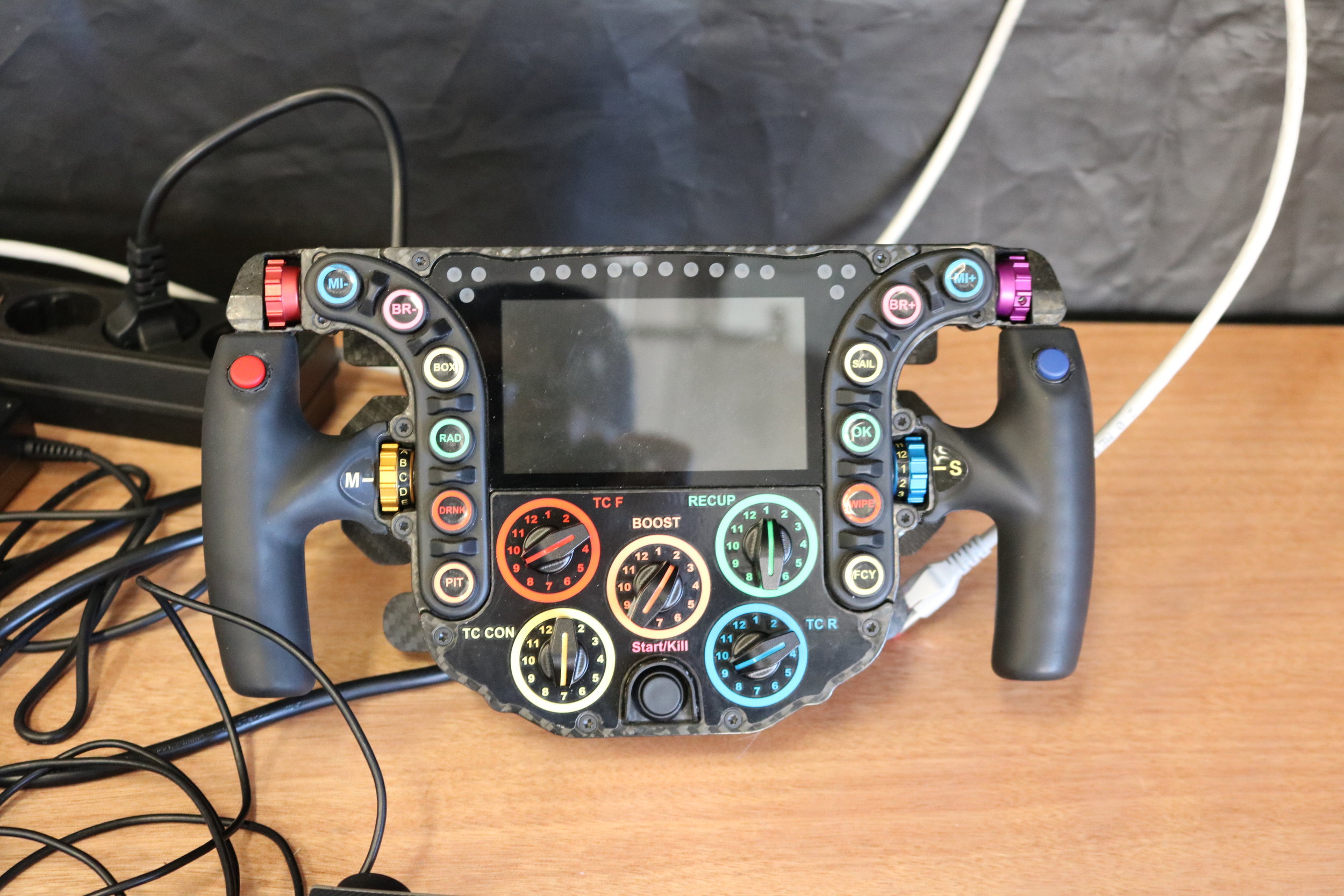
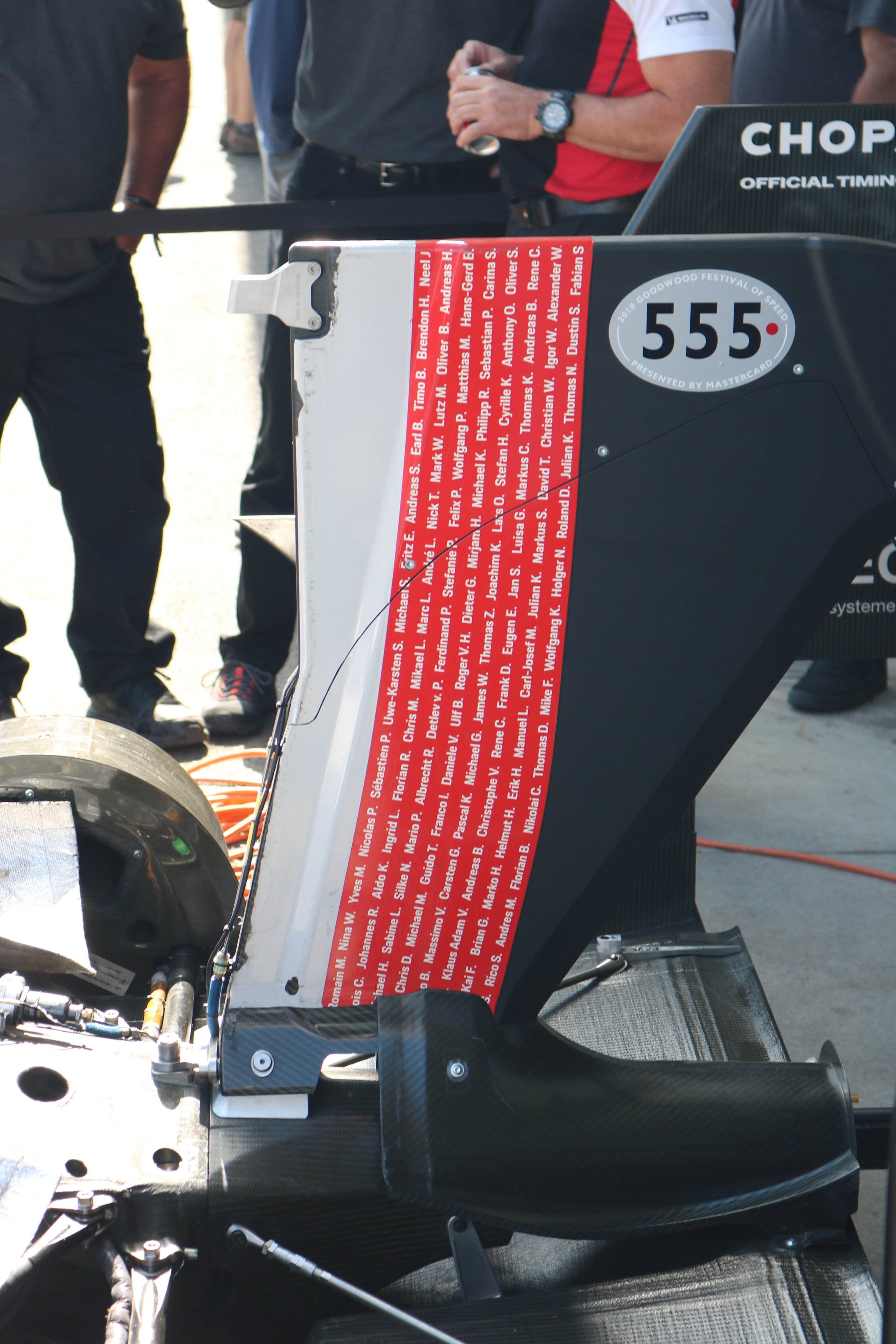
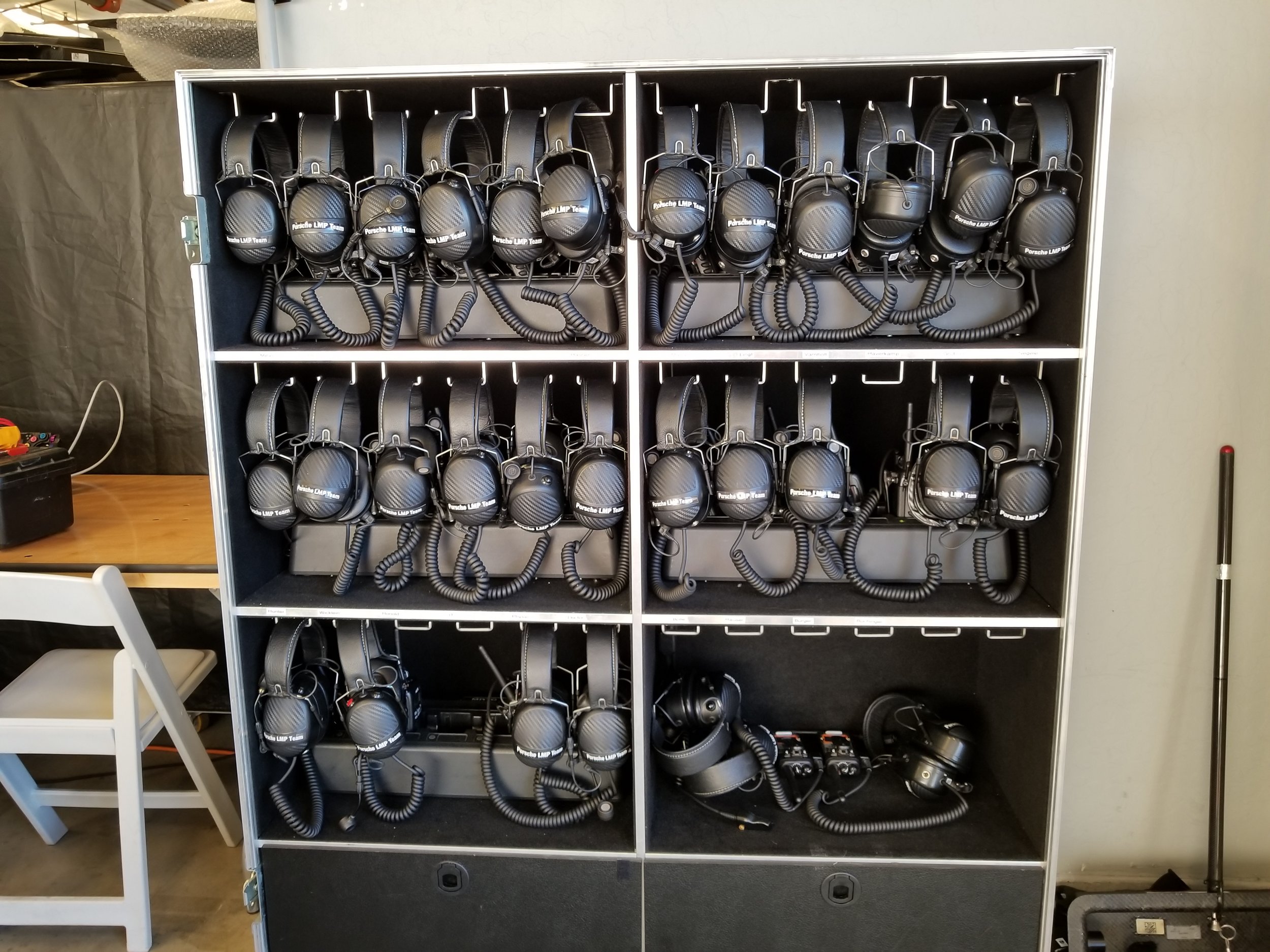
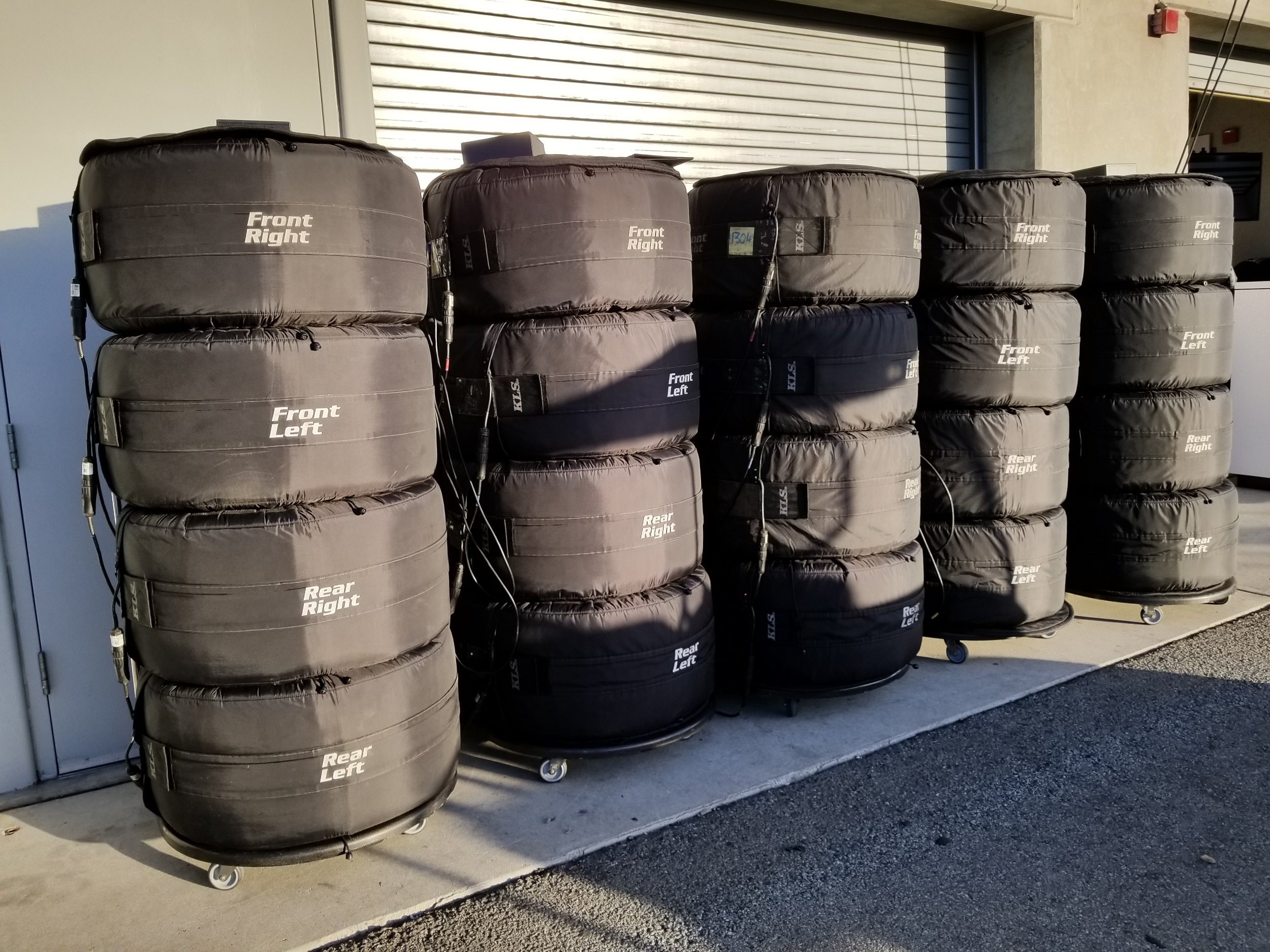
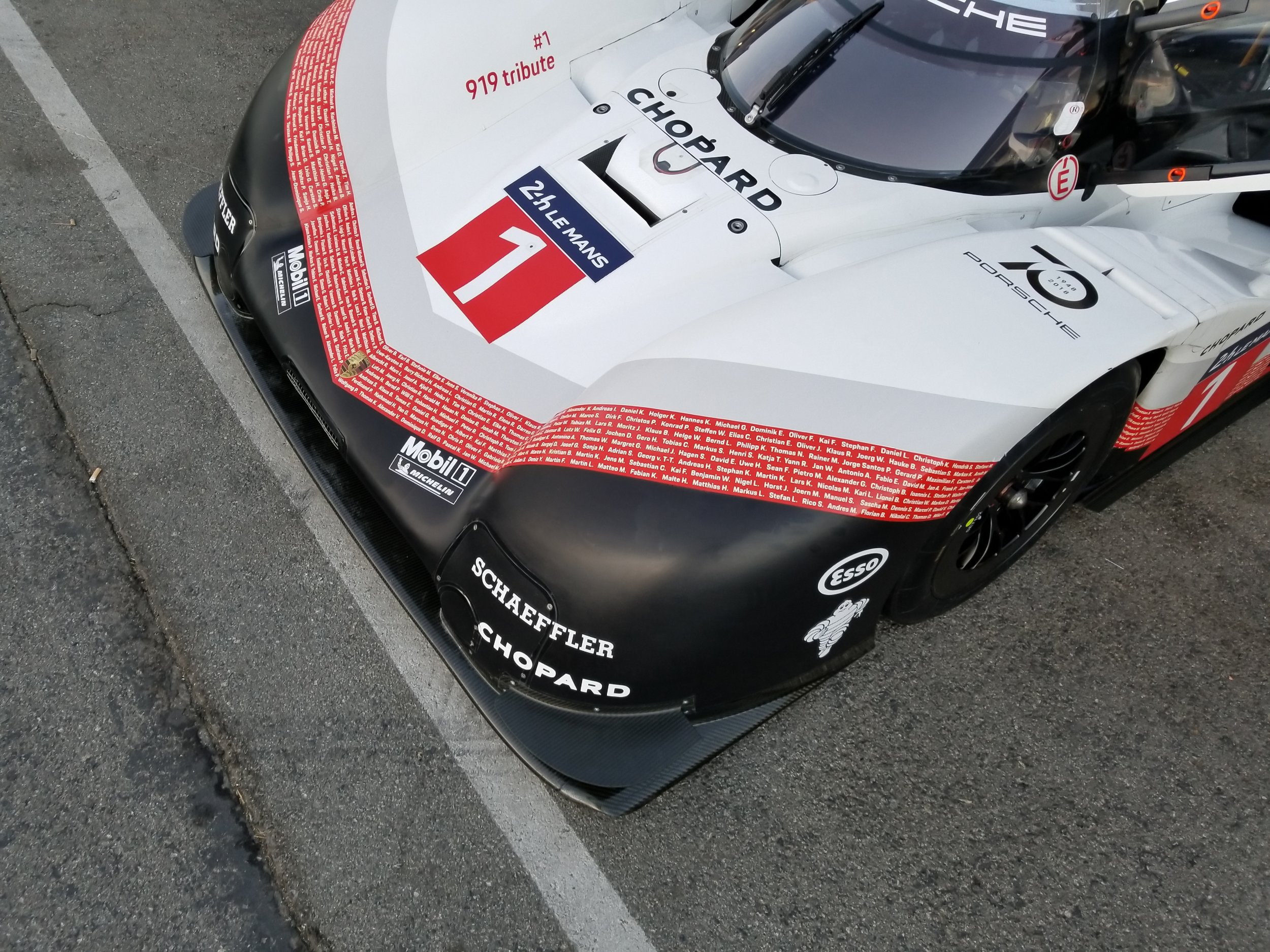
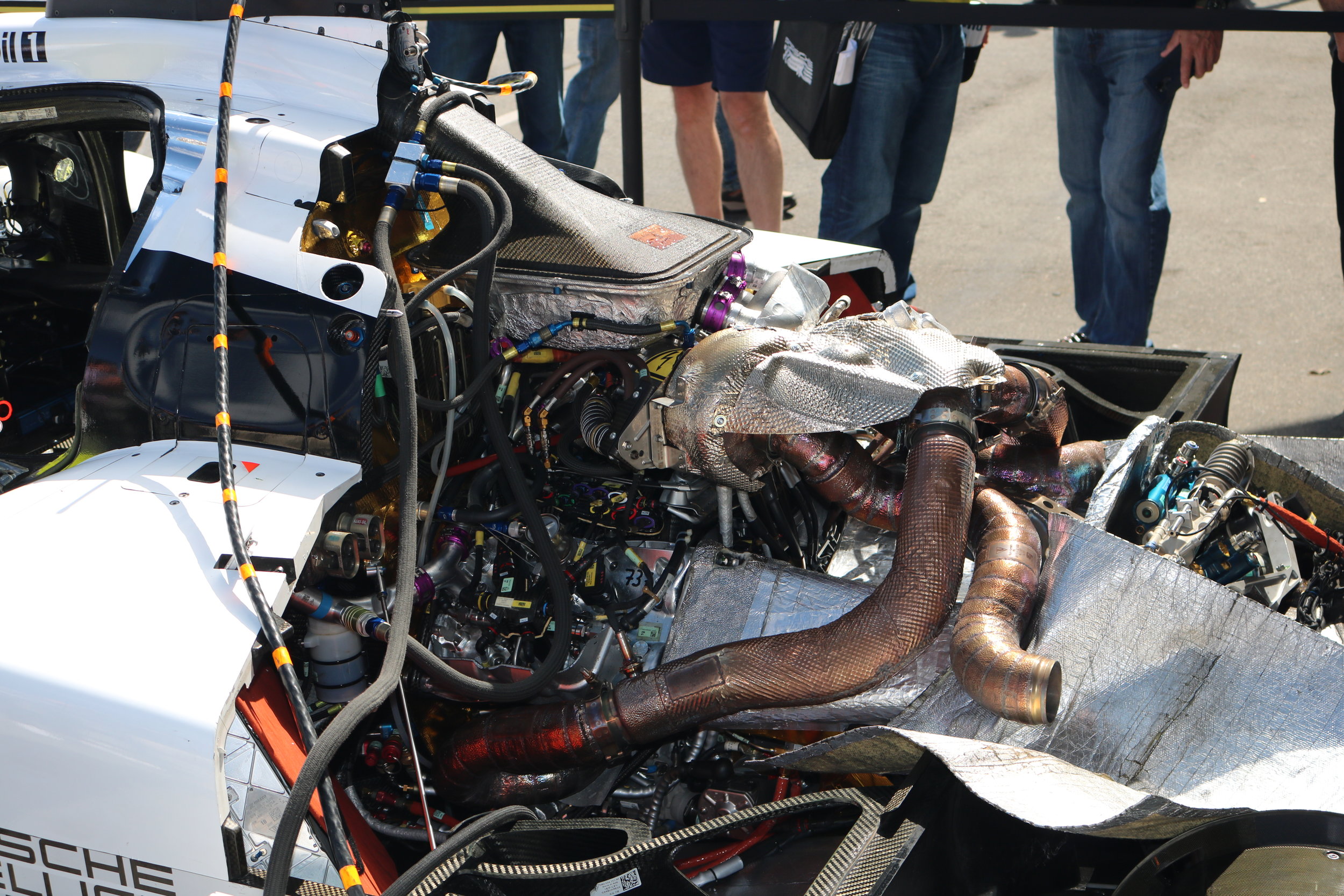
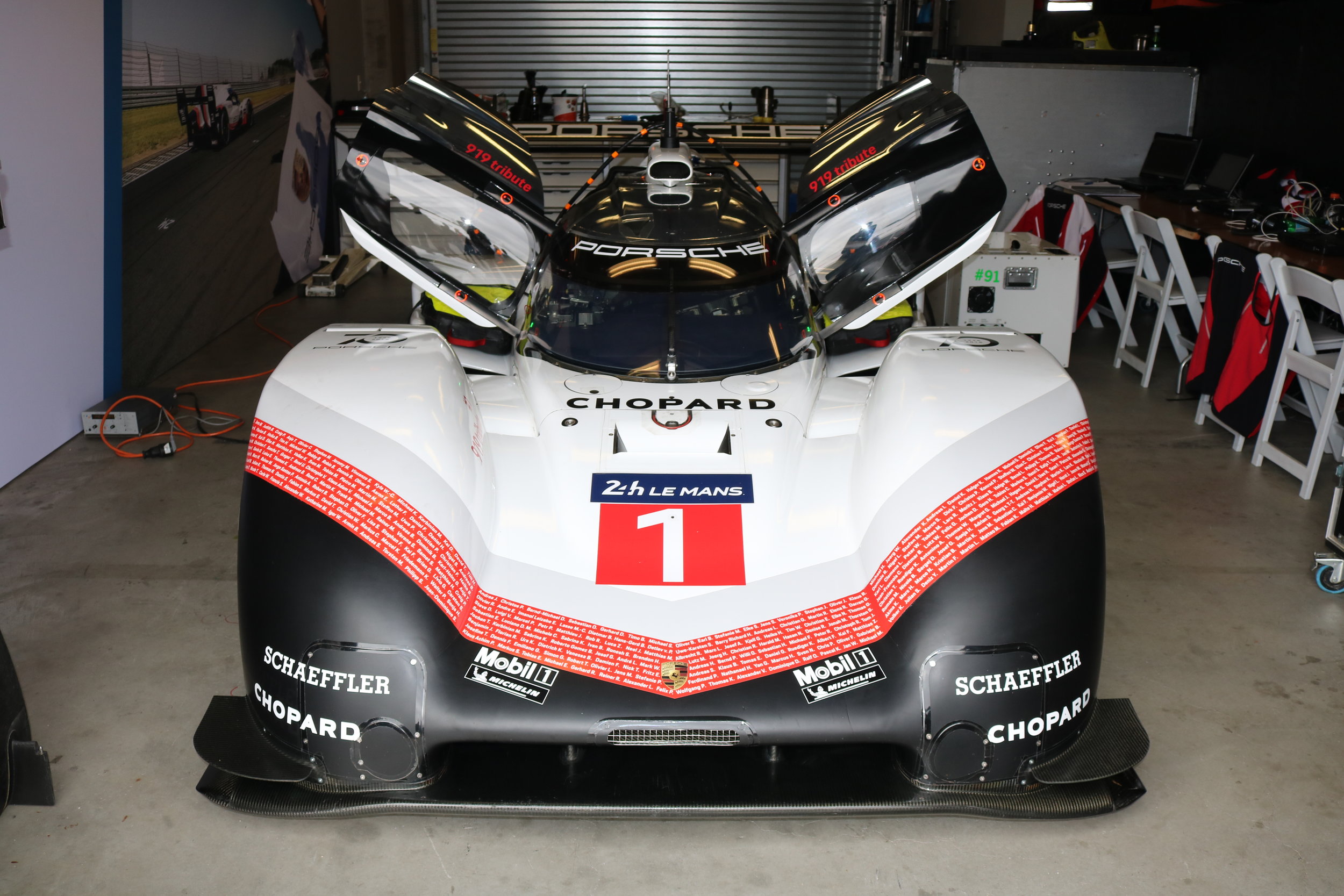
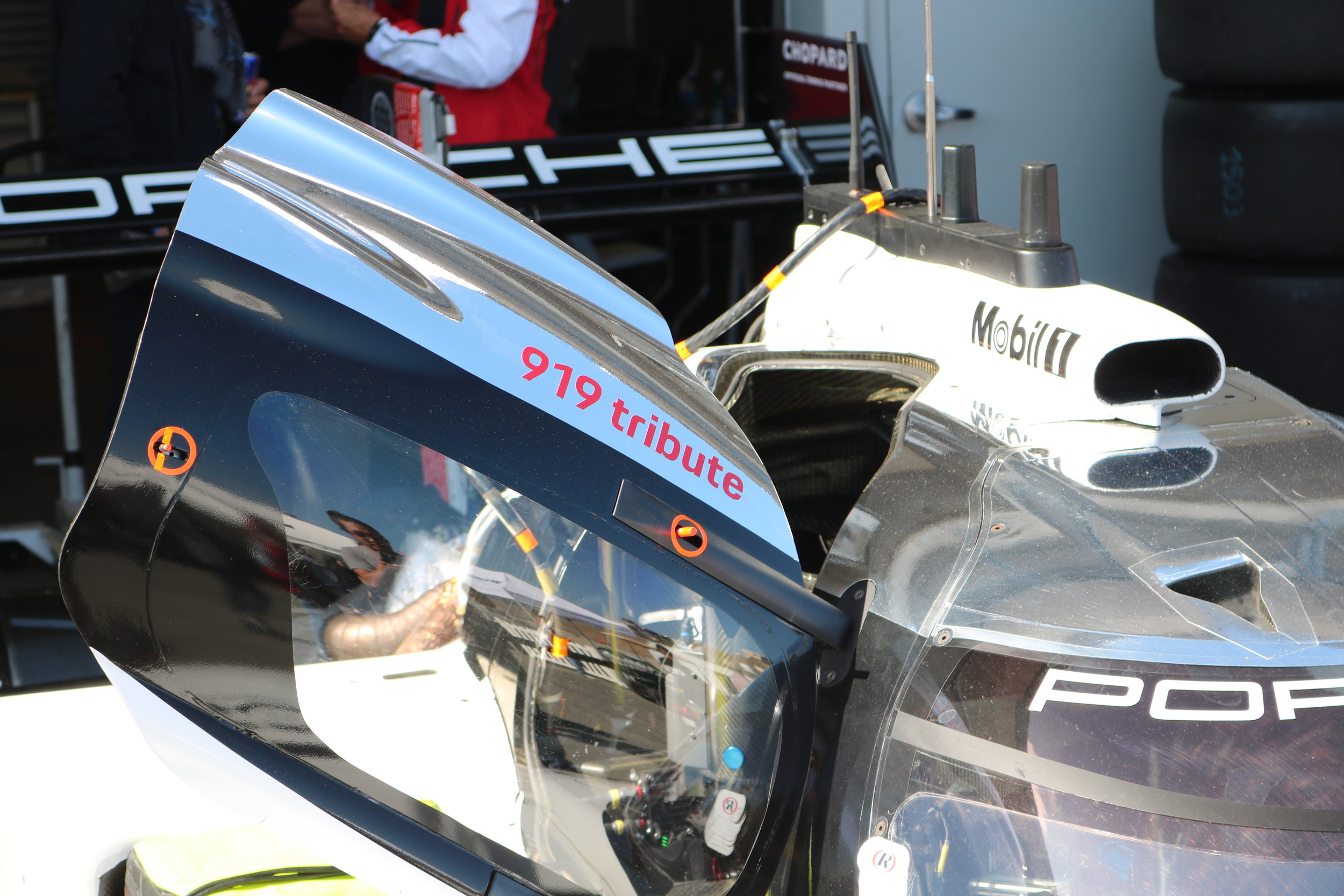

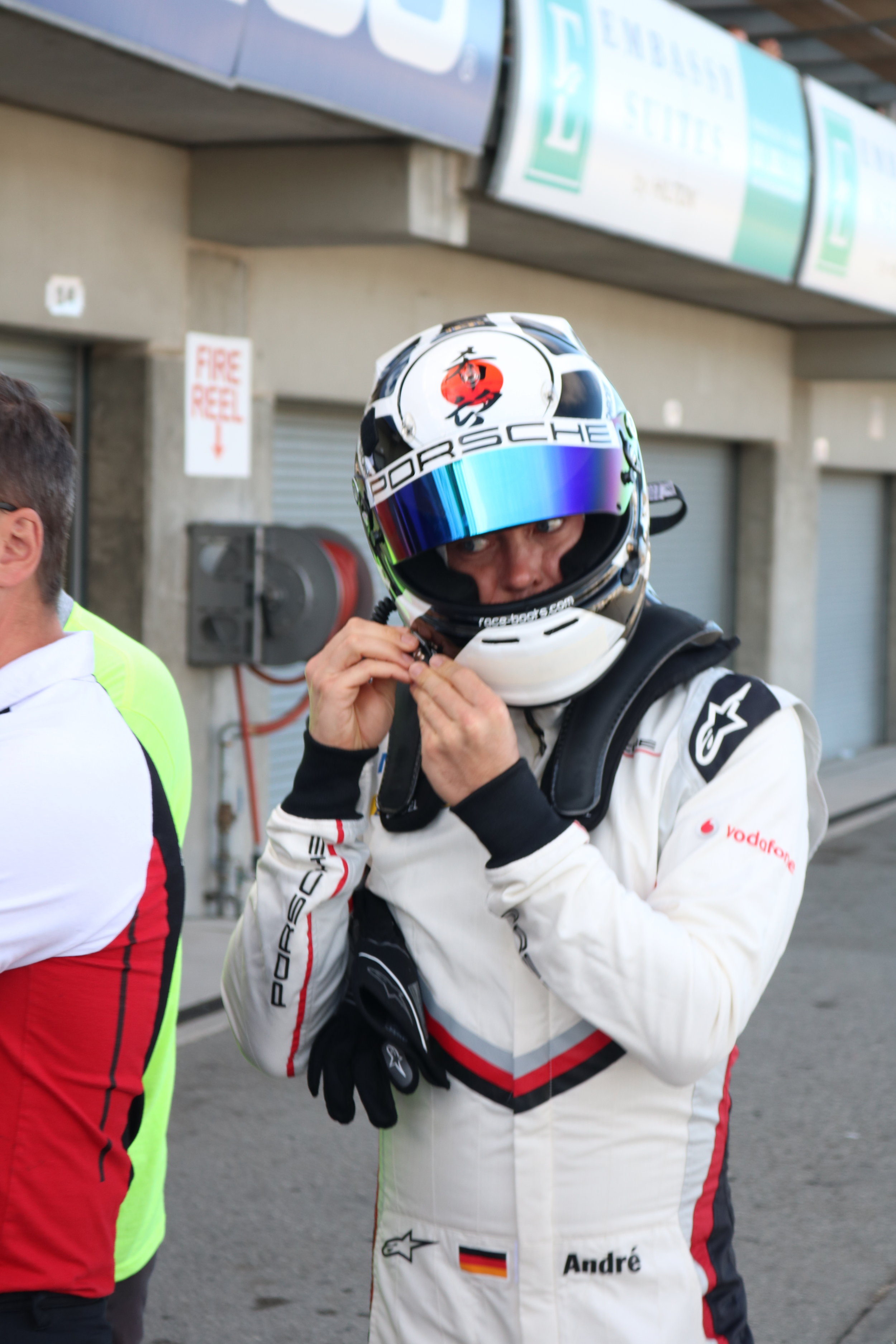
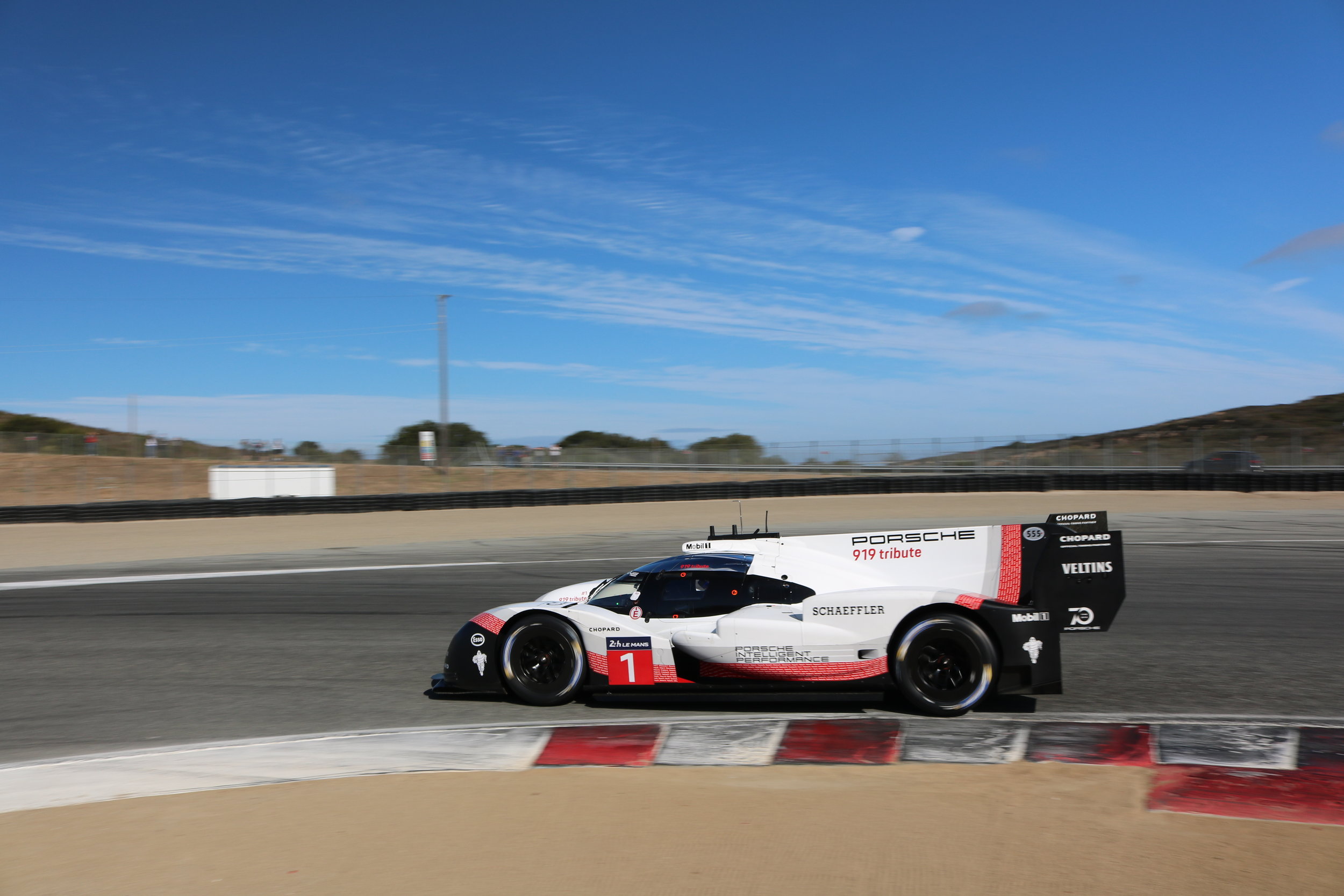
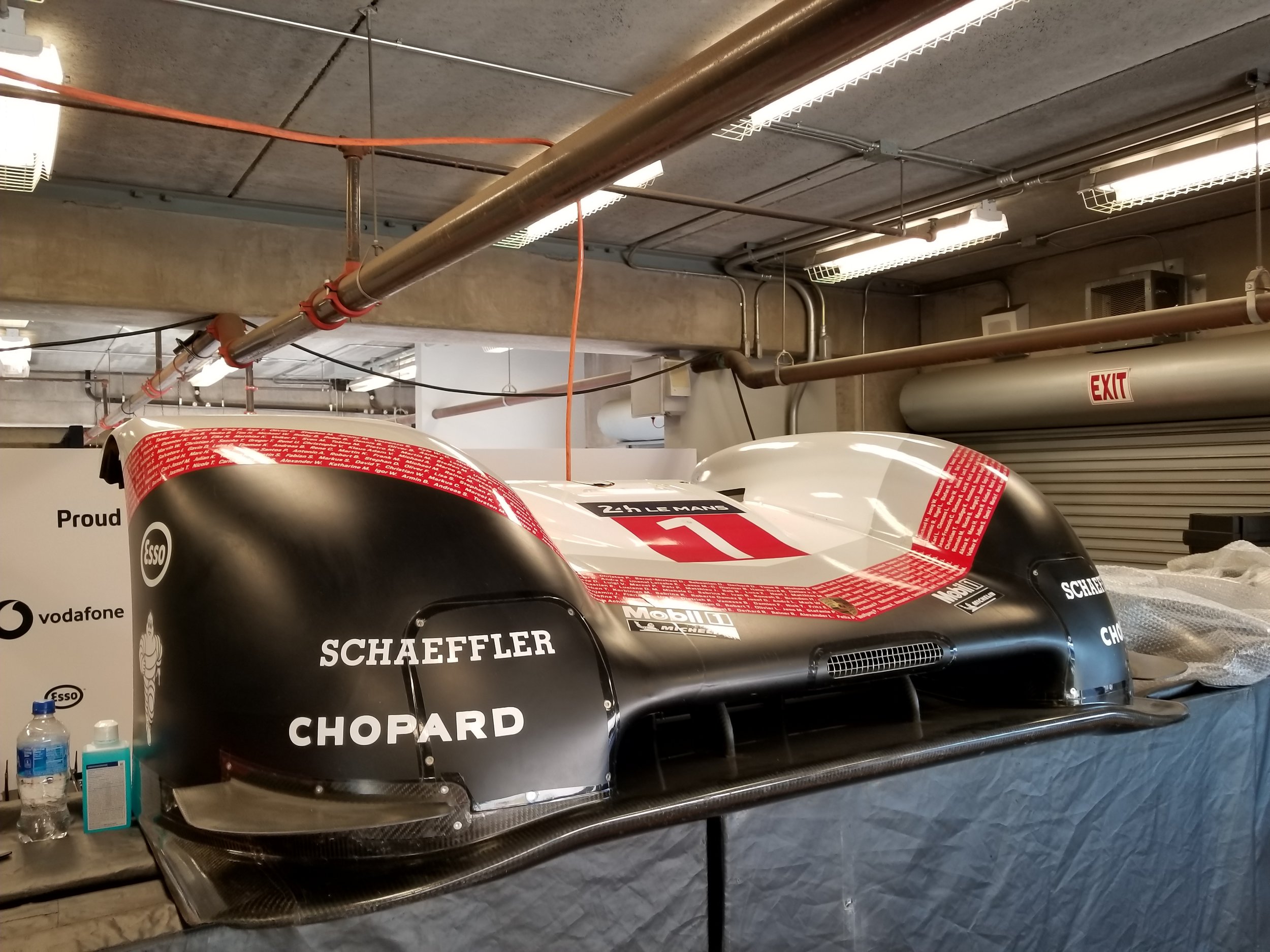
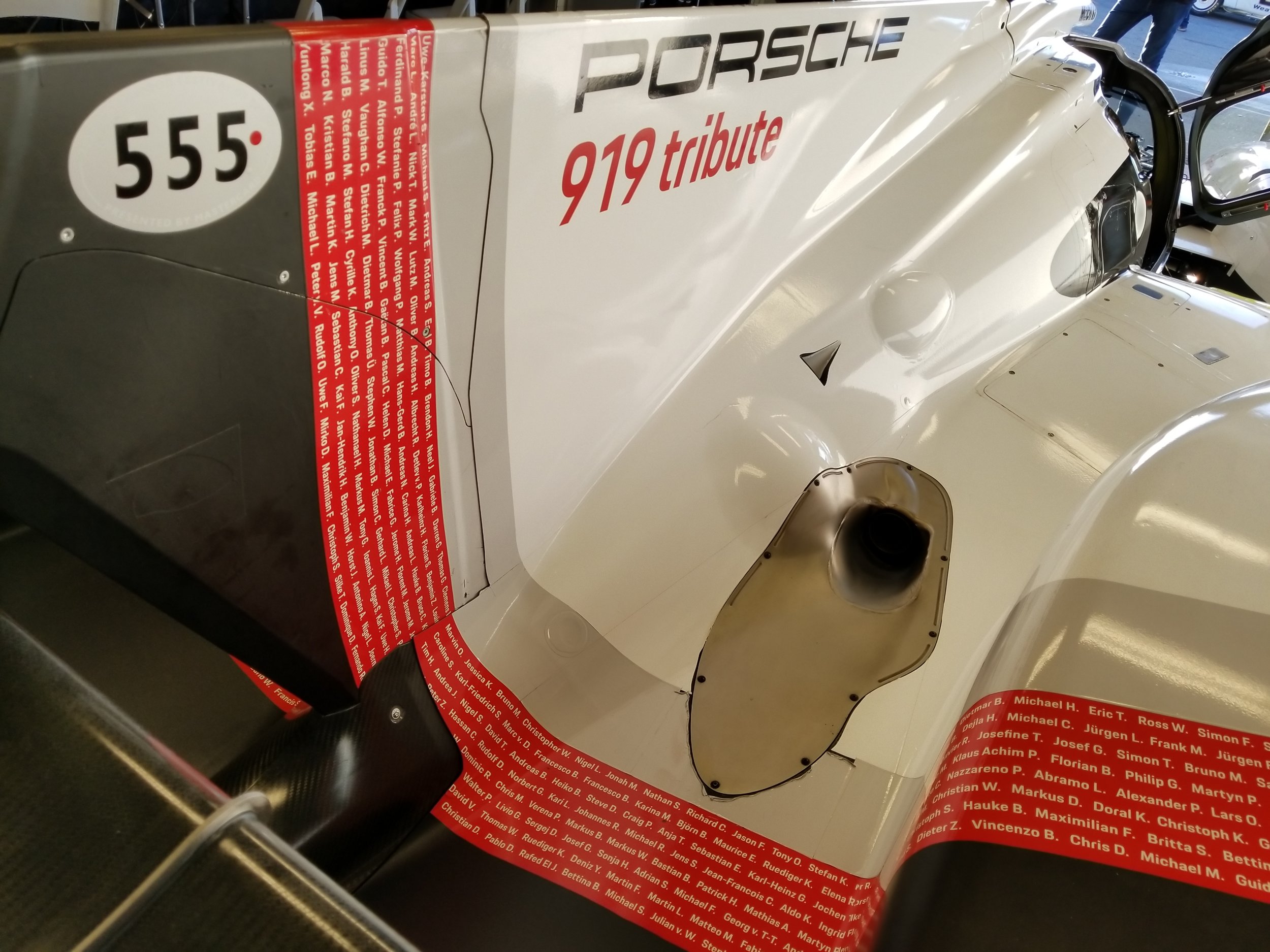
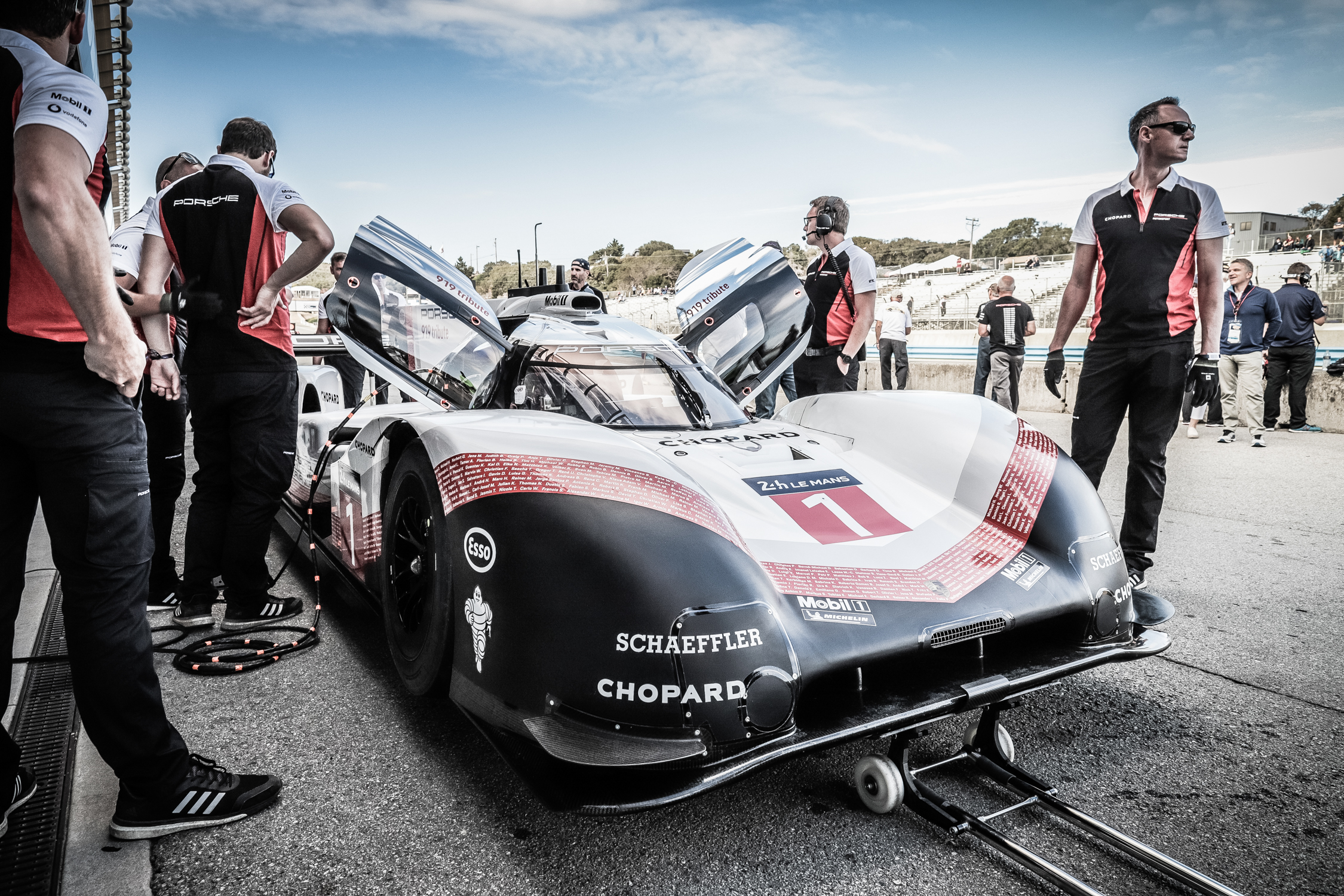

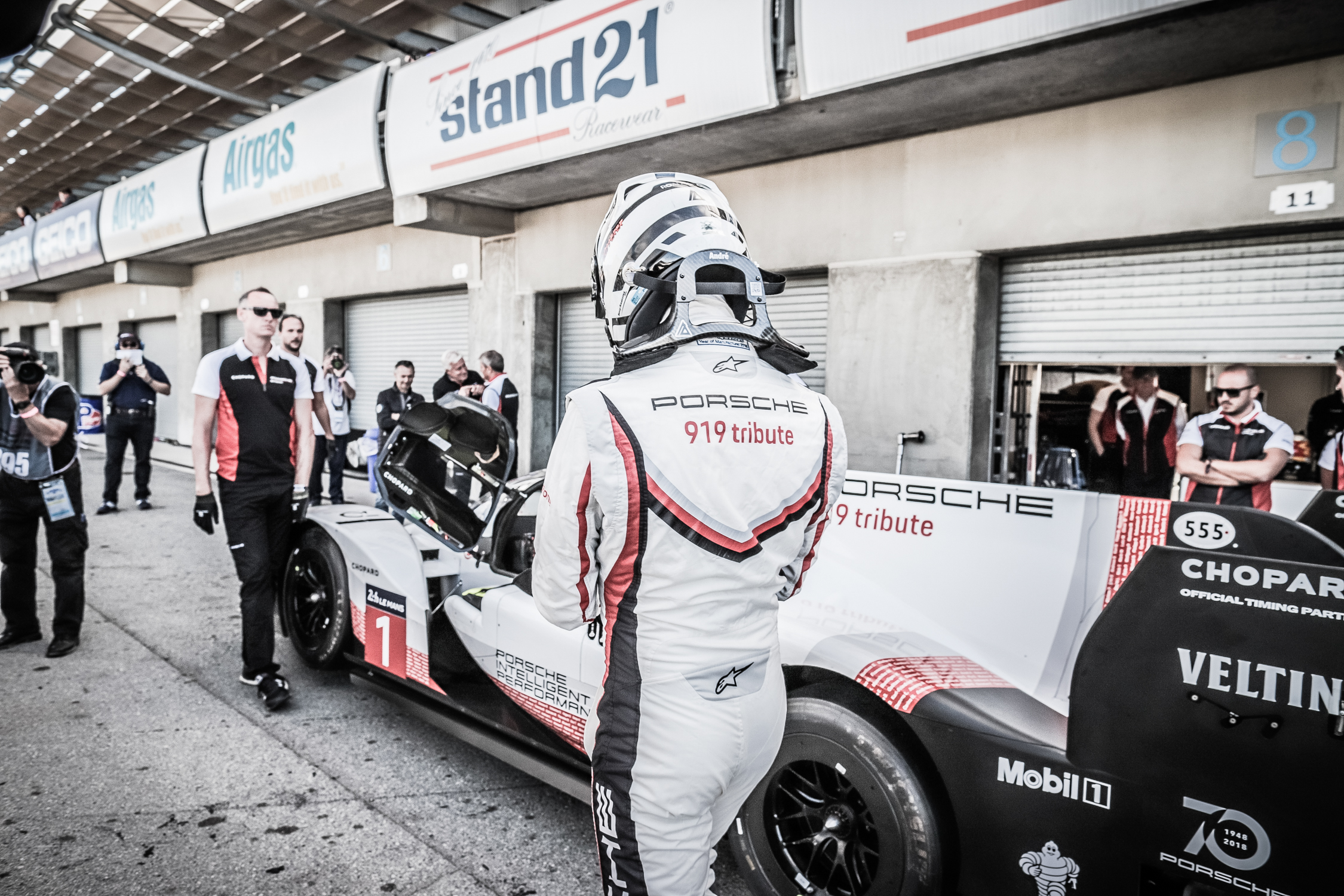

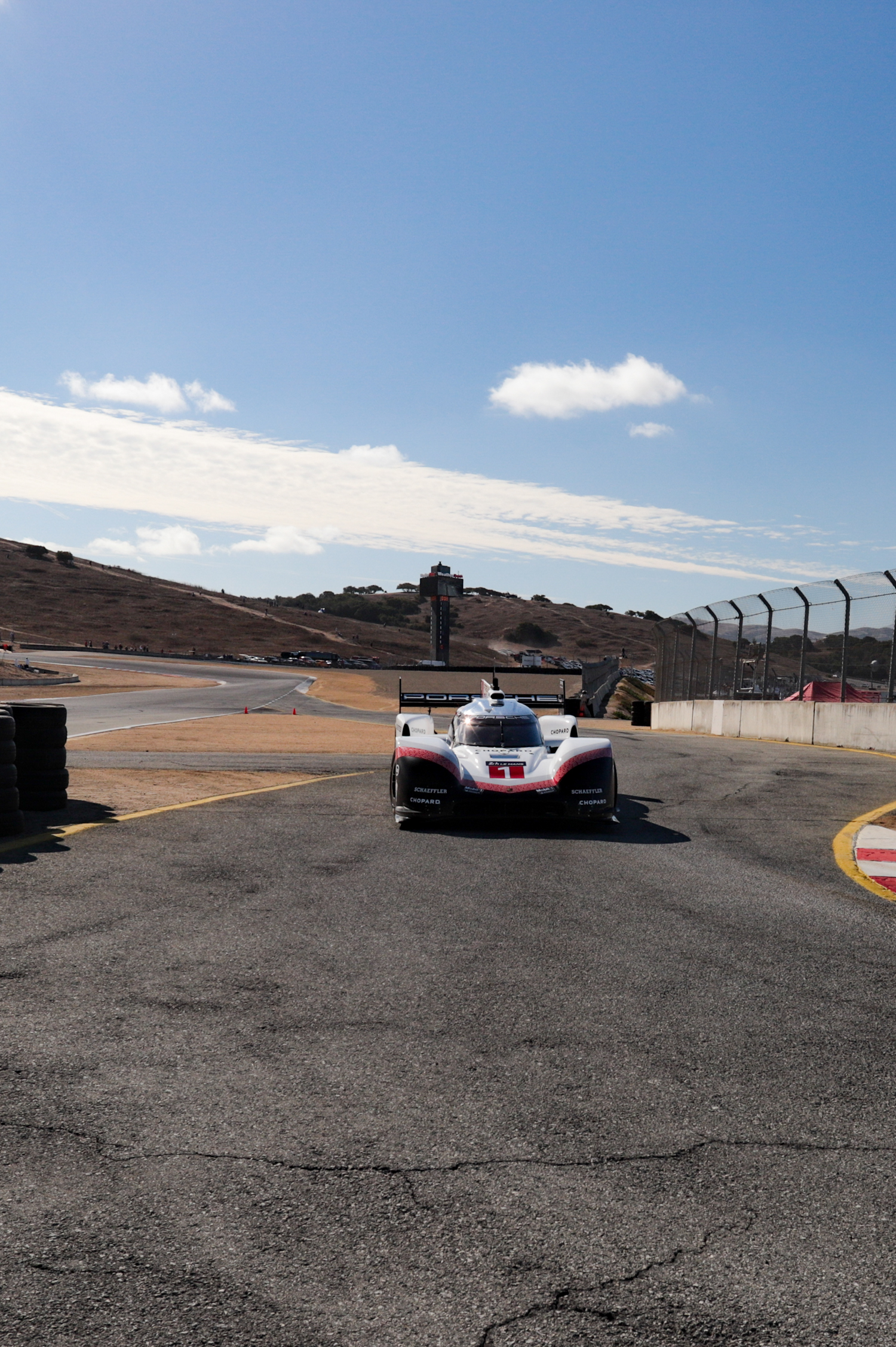
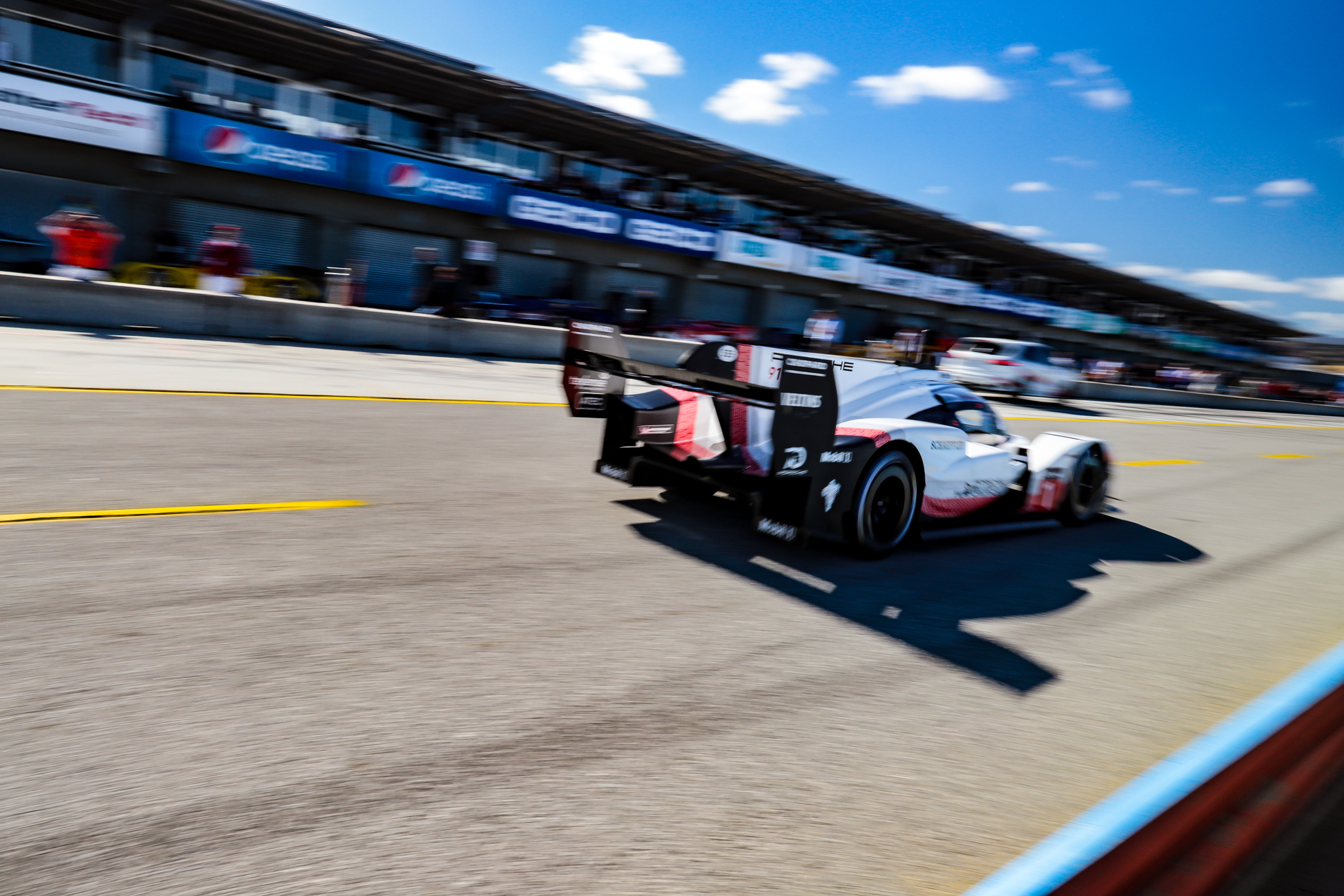
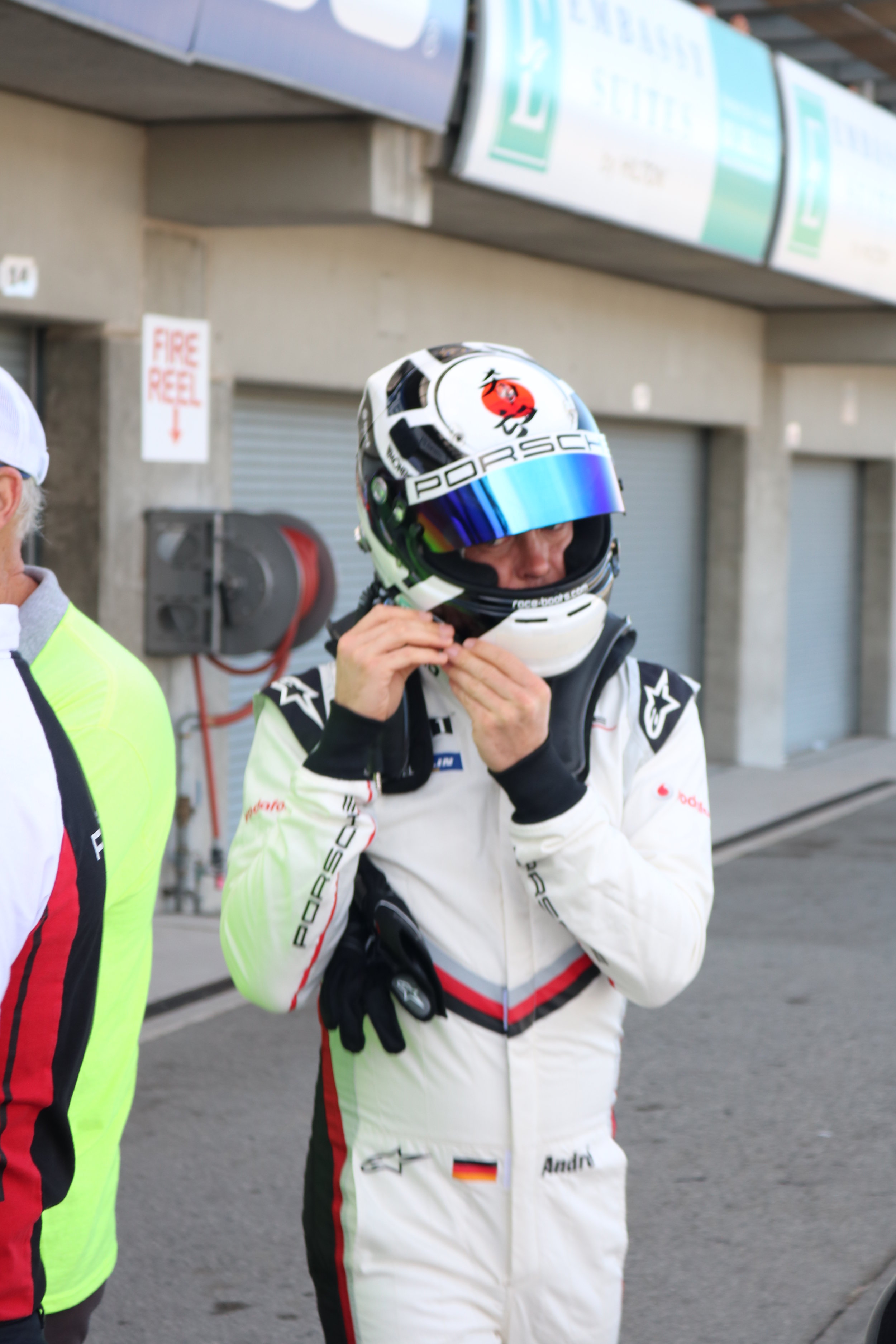
Area Code 917
Before hybrid power, before the 919 Evo, and before computer age of car engineering, Porsche’s racing philosophy went through a period of absolute brute force mixed with sketchy aerodynamics. In 1970 and 1971 the Porsche 917 Ks and 917 LHs would dominate European sportscar racing and win back to back 24 Hours of LeMans trophies. Developed in only 10 months in 1969 the 917 with Porsche’s first 12-cylinder engine. It had a track test speed of 240mph and was able to hit 220mph on the Mulsanne straight. Sorry, enough with the stats.
At any historic racing event, the appearance of any variant of the 917 would be enough, but at this event, the 917s on display and on track were staggering in type, quality and quantity. The upkeep on these cars requires knowledge and skill, but most importantly a dedication to their historical significance, not just for Porsche, but for the world of auto-racing. Lots of wrenches were turning leading up to this tour-de-force!
Among the examples was Chassis 917-015 that won the 1970 24 Hours of Daytona with drivers Pedro Rodriguez, Leo Kinnunen and Brian Redman by 45 laps, the largest margin of victory ever, and a record that still stands today for the legendary race.
Bruce Canepa’s 917, Chassis 917-015 that won the 1970 24 Hours of Daytona.
Also Included in the 917 lineup were several of the crazier 917s that were adapted for Can-Am, North America’s most insane racing series that lasted from 1966 to 1987. The 917/10 again using a flat 12 engine pushed out over 1000 horsepower, and was so successful in Can-Am that it effectively killed the series.
On the left, the 917/30 that won the 1973 Can-Am Championship and a car with enough history on its own to fill multiple volumes. On the right: the 917-30 that won the 1972 Can-Am Championship.
In the main pit garage area of Laguna Seca was a display of monumental Porsche race cars. Among the display cars was the Martini Racing Team Porsche 917K, the winner of the 1971 24 Hours of LeMans, driven by Gijs van Lennep and Dr. Helmut Marko…yes the same of Dr. Marko of the current Red Bull Racing Formula 1 team. Chassis number 917-053 is the sole surviving Porsche 917 coupé with a tubular frame built from magnesium, an element that once it catches fire pretty much incinerates everything around it. If the risk of death by magnesium fueled fire wasn’t enough, the chassis was gas-filled to provide structural rigidity. A gauge in the cockpit would let drivers know if the chassis were damaged. Brian Redman once recounted,
“The spaceframe of the original 917 was pressurized, gas-filled, so that if the gauge lost more than so much pressure, you knew you had a crack. When that happened, they’d go round all the joints with a cigarette lighter!”
Yeah, back in the day racing engineers didn’t fully know (or care) about the dangers of some of the lightweight materials they were using, and drivers, often with great exuberance, strapped themselves into machines that they knew could probably kill them. After its win in 1971 the car was never fired up again and has remained at the Porsche Museum.
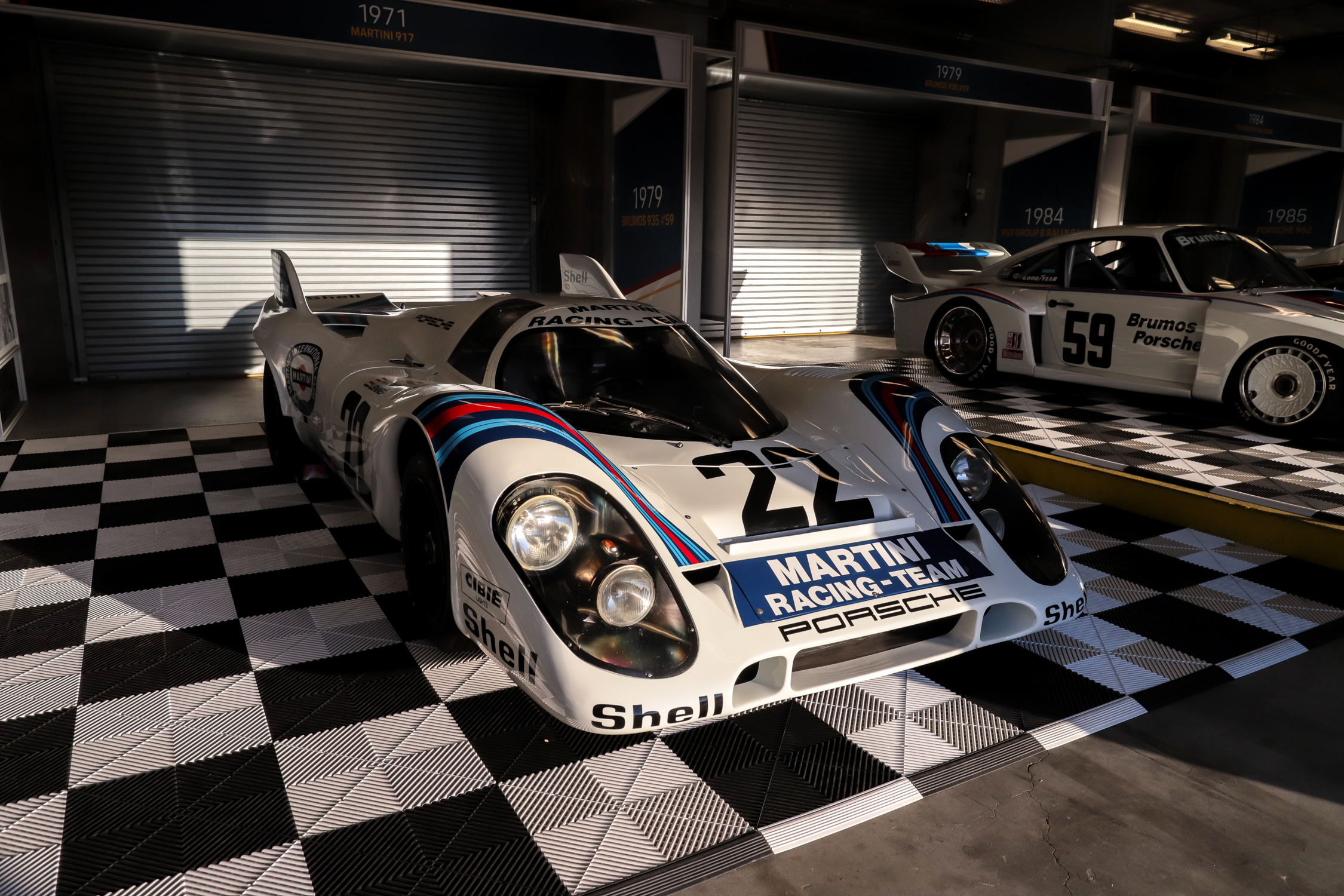
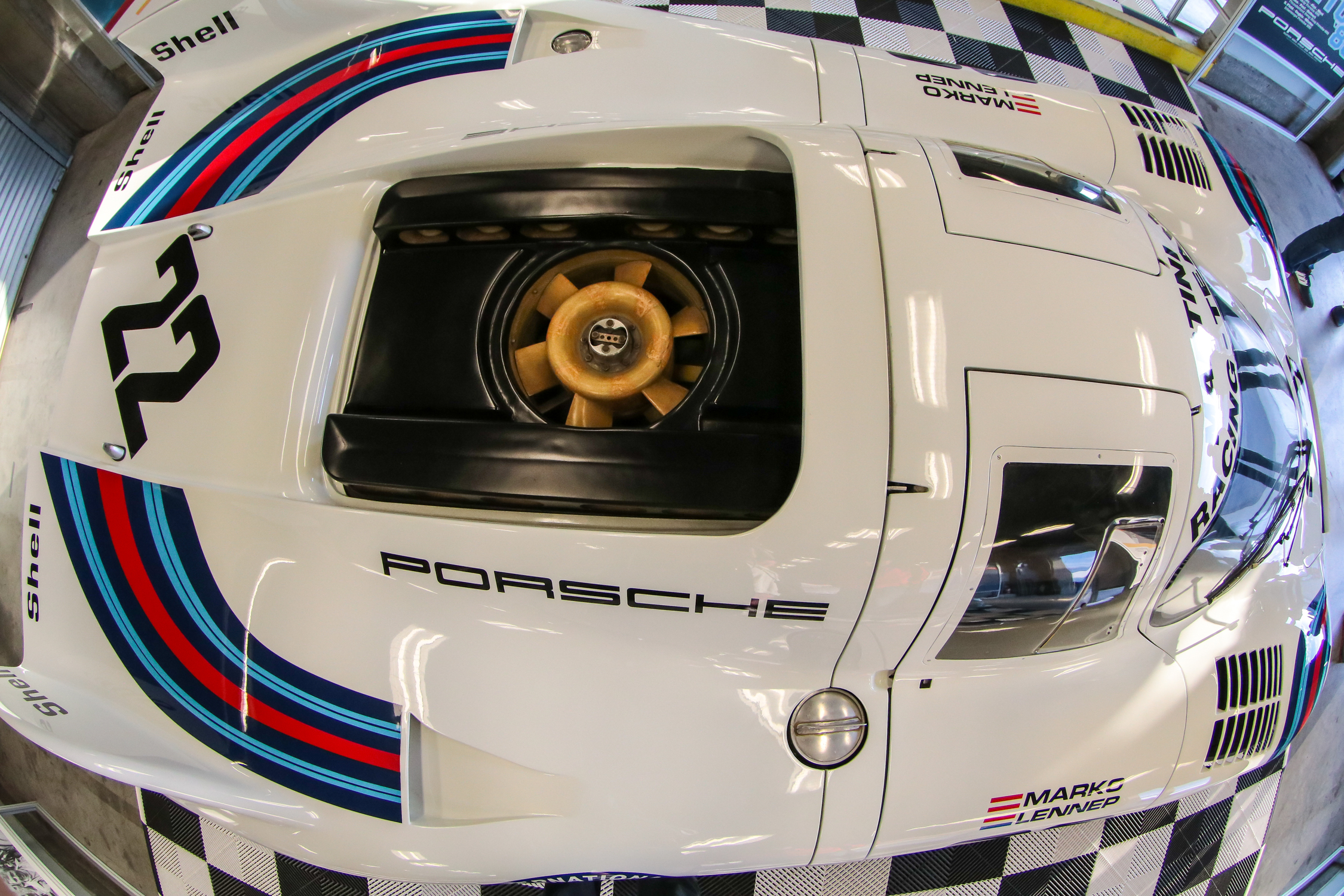
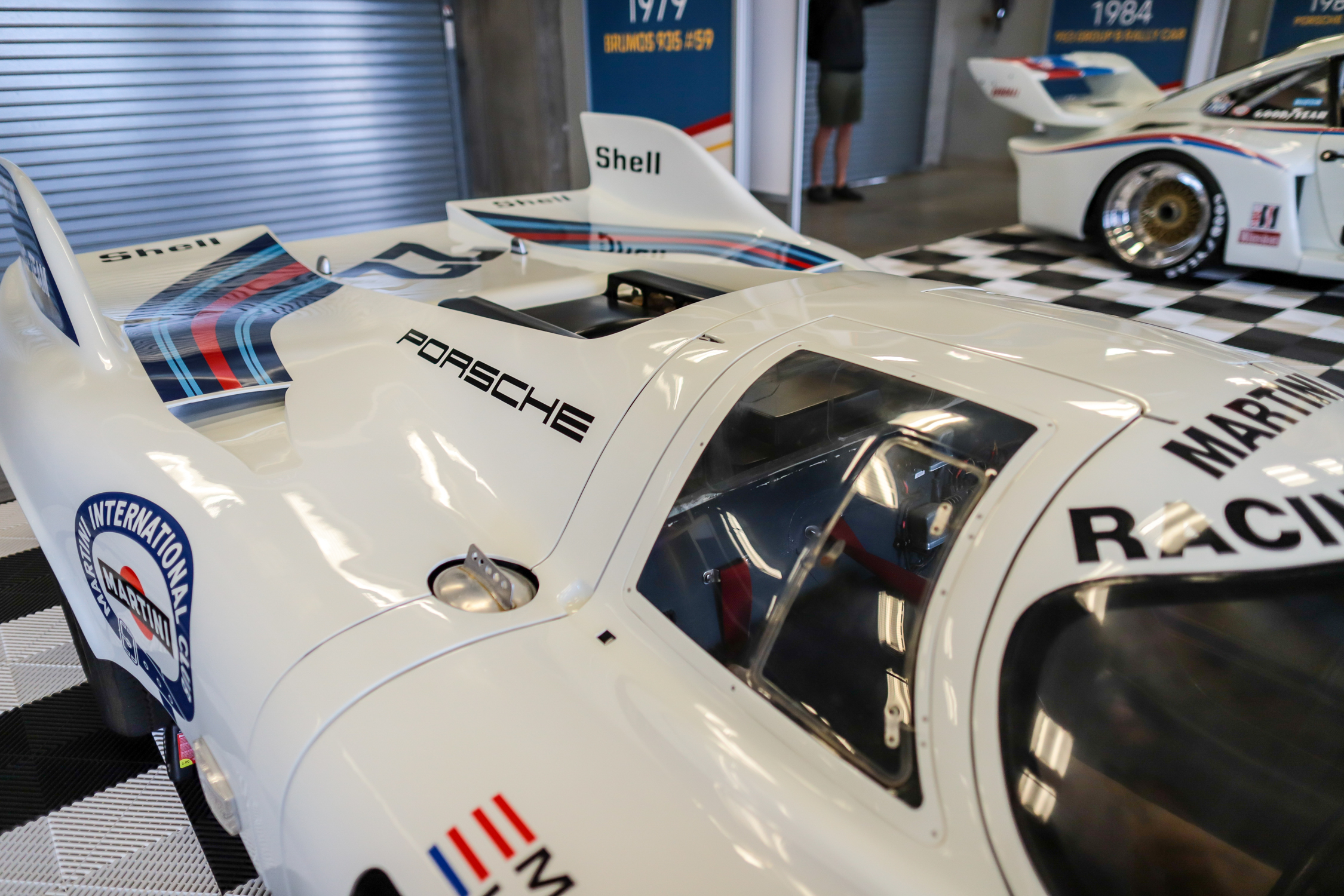

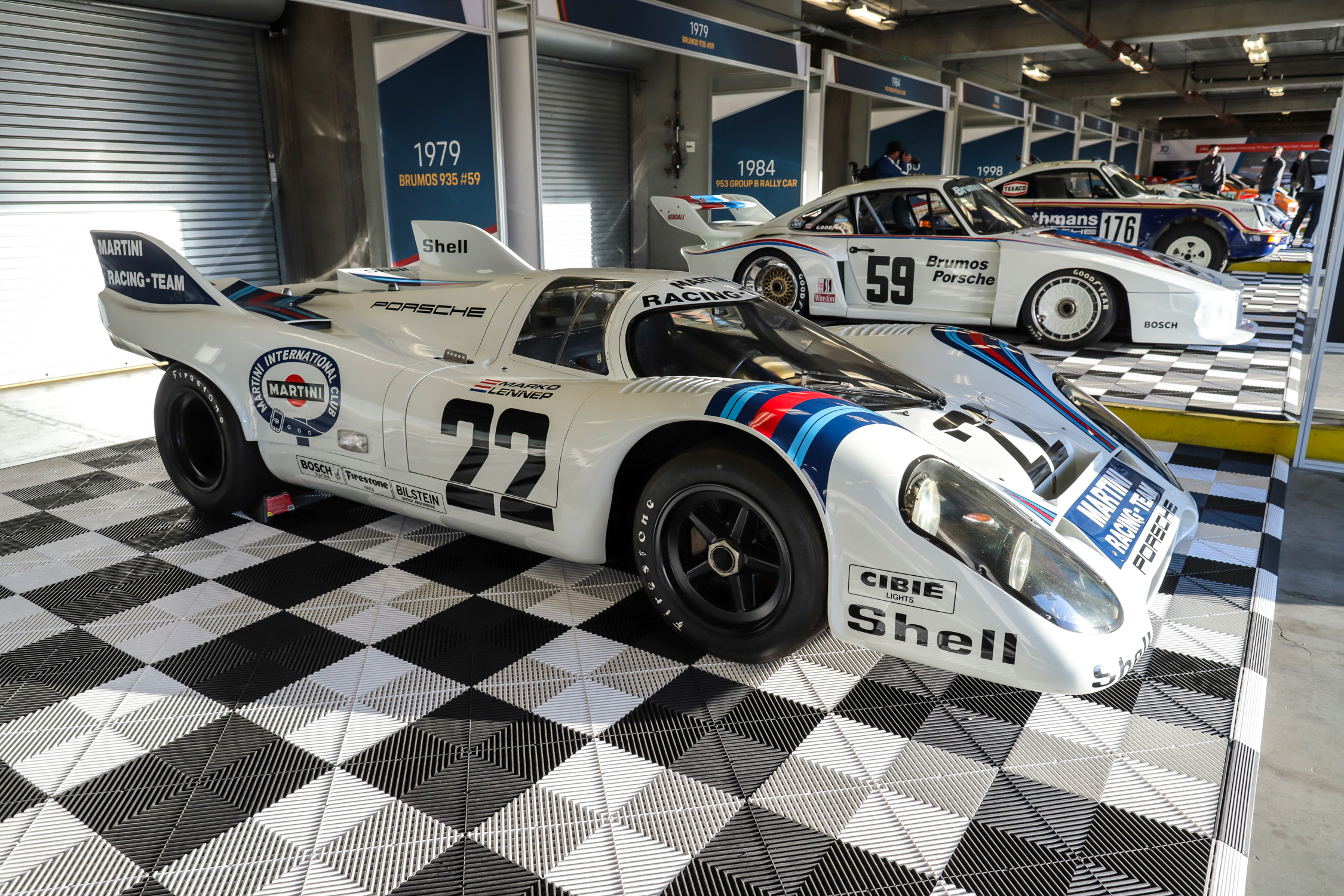
As we’ve just begun to show you, Rennsport is simply big in every way. It’s an event filled with constant reminders of past, present and future greatness from a brand synonymous with excellence. Like the movie description in the opening of this article, once it was done, Rennsport left us exhausted, and overwhelmed. There is a reason why Rennsport only happens every three years as any more than that may be too much.
Stay tuned in the days and weeks to come because this is only first part of our coverage.
Gallery
























